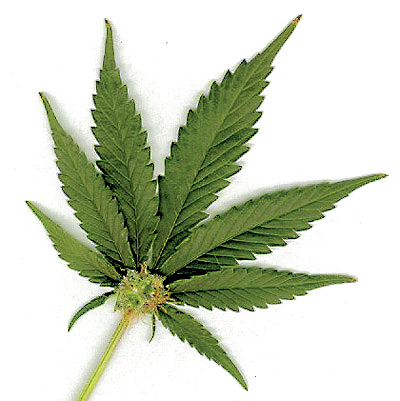As the haggling over medical marijuana dispensary legislation enters the home stretch at the Capitol, Sen. Josh Green, D-Kona, Ka‘u, is advocating the “start small” approach. But at least one Big Island lawmaker on the House side indicates agreement may
As the haggling over medical marijuana dispensary legislation enters the home stretch at the Capitol, Sen. Josh Green, D-Kona, Ka‘u, is advocating the “start small” approach. But at least one Big Island lawmaker on the House side indicates agreement may not be easy to reach on how many dispensaries there should be.
The Senate version of House Bill 321 calls for one license for each county and 10 dispensaries located around the state, plus combined growing and dispensing operations. The House version contains more than 30 licenses and separate farms and dispensaries.
Nevertheless, Green was optimistic the two sides could solve their differences.
“I am absolutely committed to passing the bill as long as it is implemented in a sustainable way,” said Green, who said it is important to get dispensaries open in 2016 rather than face delays of up to three years.
Green’s latest draft of HB 321, submitted Tuesday morning to the House side, would place five dispensaries on Oahu, two each on the Big Island and Maui and one on Kauai. Green said the bill includes a reciprocity where medical marijuana cards from other states would be honored, and local control provisions to make sure dispensaries are operated by Hawaii residents.
But state Rep. Joy San Buenaventura, who is on the conference committee hashing out the legislation, was less optimistic that a satisfying compromise would be reached on the legislation.
“The differences are huge,” the Puna representative said. “I am not hopeful we will have a good dispensary bill, but a dispensary bill that we need to constantly fine-tune.”
San Buenaventura said that farms and distribution sites should have separate licenses. Requirements in the Senate version state that applicants have $2 million in liquid assets and submit a $100,000 application fee also appear to favor big business, she said.
“I’m concerned not only that the big farmers will be the only people making money,” she said, “but even the big farmers might find it unworkable if they have to grow, produce and dispense it themselves.”
San Buenaventura acknowledged that there will be significant costs associated with dispensary security, including software to track every transaction and ensure none of the product is diverted.
The federal government has made it clear that it will crack down on state medical marijuana dispensary programs that are not adequately regulated, Green said. The bill would prohibit dispensaries within 750 feet of a school, playground or public housing project.
Almost half of the state’s 13,000 medical marijuana users reside on the Big Island. The medical form of pot has been legal in Hawaii since 2000. However, many patients are unsuccessful at growing it and must buy their product on the black market, which prompted the push for the legislation.
San Buenaventura said the marijuana must be reasonably priced and easily accessible if it is to serve the numerous card holders in her district.
“You shouldn’t have to drive to Kona,” she said.
Faced with implementing upward of 30 dispensaries under the House version, the state’s overseeing agencies would likely drag their feet because they lack the capacity to move so many facilities forward at once, Green said. The state Department of Health, which will oversee the dispensaries, and the Department of Public Safety, which will have to monitor the security of the facilities, have asked for the modest start to the dispensary program, Green said.
The current House version, he said, “has a two- to three-year delay and potentially no launch.”



